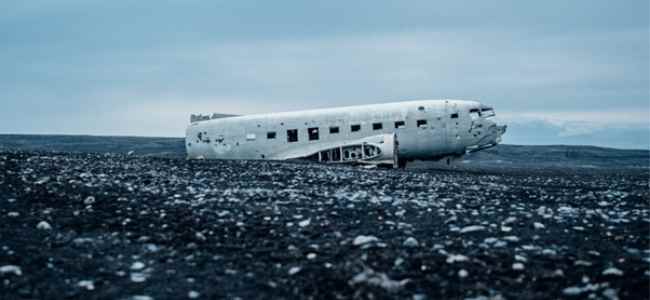For many, aviation accidents and incidents are best reserved for Hollywood. But for some, it’s a genuine concern. Despite the low odds of happening, even the most experienced passengers are anxious.
An aviation accident or incident is a rare and unfortunate event. It often ends with tragic consequences. But for many, the lines blur between the two.
So let’s take a closer look at what defines these two terms.
What Is the Difference Between an Accident and an Incident?
In aviation terms, the main difference is that there is an “intention of flight” with an aviation accident. In contrast, an aviation incident covers any other event.
An aviation accident occurs if the human injury is the result of contact with the plane. Exposure to the after-effects such as heat also forms an accident.
An accident may also not involve any injury. Thus, issues that could cause an accident or incident during the “intent to fly” are also accidents. One such example is body damage in flight.
What Are the Different Causes of Accidents and Incidents?
Now we’ve established the difference. Some events can only be one or the other. There is some crossover.
Here are a few examples of the different causes and how they represent an accident or incident.
Poor Aircraft Operation
Human error is most often the cause of aviation accidents or incidents. In most cases, this is, of course, unintentional. Yet, we have seen famous cases in our lifetimes of deliberate acts of sabotage.
The easiest distinction is that an airborne catastrophe is an accident. But poor operation can also be an incident. It includes misjudging the landing and take-off while grounded.
Improper Safety Checks
It is well-known that air travel is one of the safest forms of transport we have available today. So what causes these accidents and incidents? The most common cause is human error, which often begins with an improper safety check.
Improper safety checks aren’t quite the same as a poor operation of the airplane. A safety check can also exist on the ground when the mechanics allow the right checks to the guidelines.
Structural Damage
Structural damage to the aircraft is often a rare occurrence, but it can happen for many reasons. Parts may become loose, wear out or break during flight. It is important to remember that when this happens to one part of the plane, it can compromise the whole plane.
Likewise, external objects such as trees and birds can damage an aircraft. This is quite common in extreme weather conditions but can also occur for many other reasons, including poor design and workmanship during construction.
Hull Loss and Poor Maintenance
These accidents and incidents may result from poor maintenance or several other factors, including meteorological conditions during re-fuelling. This occurs when an aircraft refuels as the external tanks are not secure enough within the fuselage.
This can cause a safety issue due to fuel leakage as it passes through the engine or even further damage to the aircraft since it carries too much fuel.
Powered Aircraft Failure
Several powered aircraft can encounter issues with the engines or combustion chambers.
In these cases, it’s often the result of mechanical issues but can include several other reasons. The aircraft may become damaged due to improper maintenance or even an explosion on the ground.
Aviation Accidents and Incidents Are Rare
A look at the causes of accidents and incidents helps understand what makes them different. Yet, the differences within these events are often blurred.
It is also common to see aviation accidents and incidents merge. Particularly by those involved in investigating such events. For more engaging content, keep flying through our articles and see what you can find

